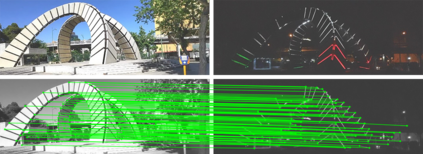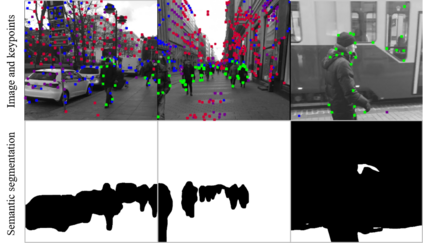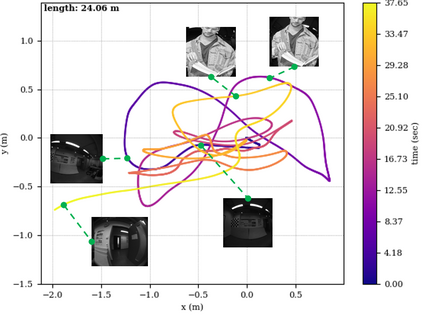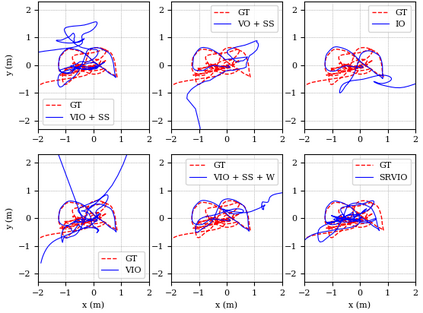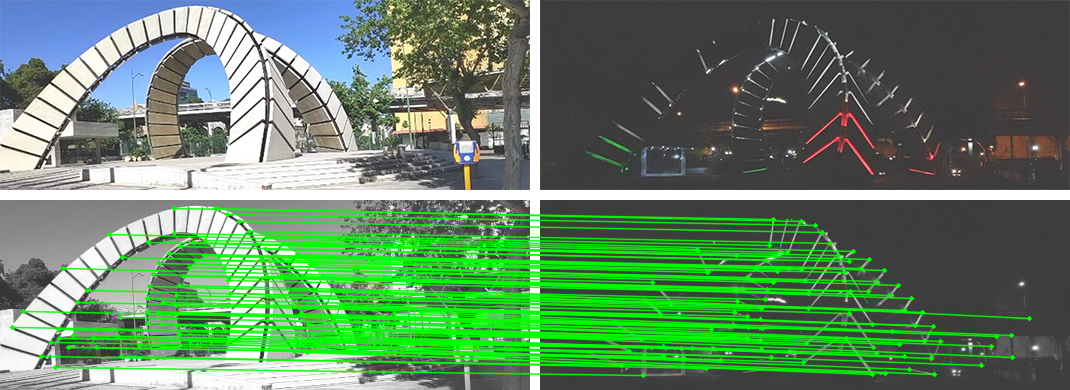The visual localization or odometry problem is a well-known challenge in the field of autonomous robots and cars. Traditionally, this problem can ba tackled with the help of expensive sensors such as lidars. Nowadays, the leading research is on robust localization using economic sensors, such as cameras and IMUs. The geometric methods based on these sensors are pretty good in normal conditions withstable lighting and no dynamic objects. These methods suffer from significant loss and divergence in such challenging environments. The scientists came to use deep neural networks (DNNs) as the savior to mitigate this problem. The main idea behind using DNNs was to better understand the problem inside the data and overcome complex conditions (such as a dynamic object in front of the camera, extreme lighting conditions, keeping the track at high speeds, etc.) The prior endto-end DNN methods are able to overcome some of the mentioned challenges. However, no general and robust framework for all of these scenarios is available. In this paper, we have combined geometric and DNN based methods to have the pros of geometric SLAM frameworks and overcome the remaining challenges with the DNNs help. To do this, we have modified the Vins-Mono framework (the most robust and accurate framework till now) and we were able to achieve state-of-the-art results on TUM-Dynamic, TUM-VI, ADVIO and EuRoC datasets compared to geometric and end-to-end DNN based SLAMs. Our proposed framework was also able to achieve acceptable results on extreme simulated cases resembling the challenges mentioned earlier easy.
翻译:在自主机器人和汽车领域,视觉本地化或odadaty问题是一个众所周知的挑战。 传统上, 这个问题可以在Lidars等昂贵的传感器的帮助下解决。 现在, 领先的研究是使用经济传感器( 如相机和IMUs) 进行稳健的本地化。 基于这些传感器的几何方法在正常条件下相当不错, 光线稳定, 没有动态物体。 但是, 这些方法在这种具有挑战性的环境中没有普遍和强大的框架。 科学家们利用深层神经网络( DNNS) 作为救世主来缓解这一问题。 使用 DNNS的主要想法是更好地了解数据内部的问题, 克服复杂的条件( 如在摄像机前的动态物体、 极端的照明条件、 将轨道保持在高速度等。 ) 之前的DNNNW方法可以克服上述的一些挑战。 然而, 没有关于所有这些情景的总体和稳健框架。 在本文件中,我们提到了基于直方的 SLMM- Rest 和最容易完成的 RIV- 框架。

